About SUPER FORMULA
SUPER FORMULA シリーズ概要
1950年代にFIA国際自動車連盟は「ドライバーズチャンピオンシップは純然たるレーシングマシンであるフォーミュラカーによって競われる」ものと発表し、FIA加盟各国はその精神を継承していった。
日本においては1973年に始まる全日本 F2000選手権、1978年から全日本 F2選手権、1987年から全日本 F3000選手権と変遷を繰り返しながらもトップフォーミュラでのチャンピオンシップが開催され、1995年に株式会社日本レースプロモーション(JRP)の発足により翌年から全日本選手権フォーミュラ・ニッポンとして装いを新たにスタートした。
2013 年より全日本選手権スーパーフォーミュラと名称を変更。「日本からアジアへ」、「F1、インディ、そして自身を第 3 極」として位置付けることを明確化し、ハード、ソフトの両面で斬新な改革を行った。(2016 年シーズンより全日本スーパーフ ォーミュラ選手権と名称変更)。
2017 年から、BS フジでもスーパーフォーミュラ決勝レース中継を開始、多くのモータースポーツファンが決勝レースを TV 観戦できる環境が整った。
日本でのフォーミュラレースは、その初期においては高橋国光、星野一義、そしてその後F1へ参戦することになる中嶋悟らが黎明期を牽引。全日本F3000選手権時代にはミハエル・シューマッハーが、フォーミュラ・ニッポンからはラルフ・シューマッハー、エディ・アーバイン、高木虎之介らが活躍。F1を目指す猛者たちがこぞって参戦した。
-
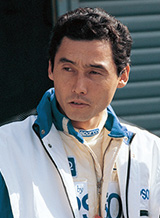 中嶋悟
中嶋悟
-
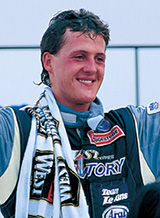 ミハエル・シューマッハー
ミハエル・シューマッハー
-
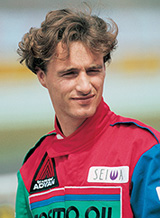 エディ・アーバイン
エディ・アーバイン
近年では、FIA 世界耐久選手権(WEC)チャンピオンのアンドレ・ロッテラーをはじめ、ブノワ・トレルイエ、ロイック・デュバル、 中嶋一貴らが参戦し全日本選手権タイトルを獲得。2015年には前年まで F1 に参戦していた小林可夢偉が凱旋参戦を果たし、観衆を魅了している。2016 年には前年の GP2 チャンピオンのストフェル・バンドーン、翌 2017 年にも前年の GP2チ ャンピオンであるピエール・ガスリーが参戦。両者とも F1 世界選手権へのフル参戦を果たすこととなり、本シリーズのコンペ ティションの高さが世界からも注目される事となった。2019 年シーズンには、ダニエル・ティクトゥム、アレックス・パロウ、アーテム・マルケロフ、牧野任祐など、 海外でも活躍する有望株も多数参戦することとなり、SUPER FORMULA への参戦・活躍がトップドライバーか否かの世界的 な評価基準となってきている。
-
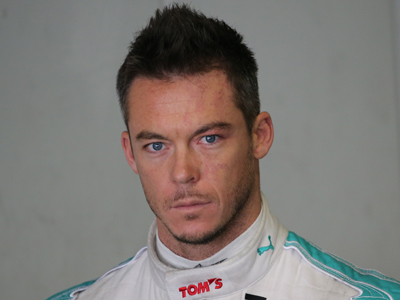 アンドレ・ロッテラー
アンドレ・ロッテラー
-
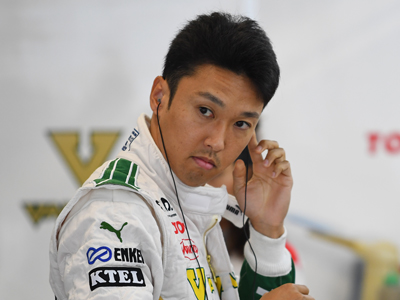 中嶋一貴
中嶋一貴
-
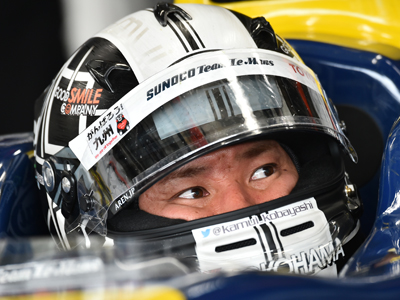 小林可夢偉
小林可夢偉
-
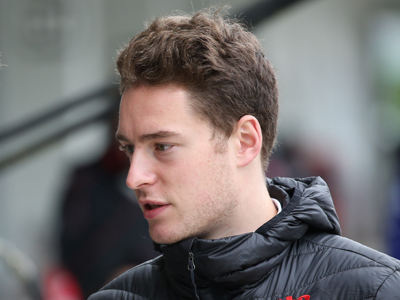 ストフェル・バンドーン
ストフェル・バンドーン
-
 ピエール・ガスリー
ピエール・ガスリー
-
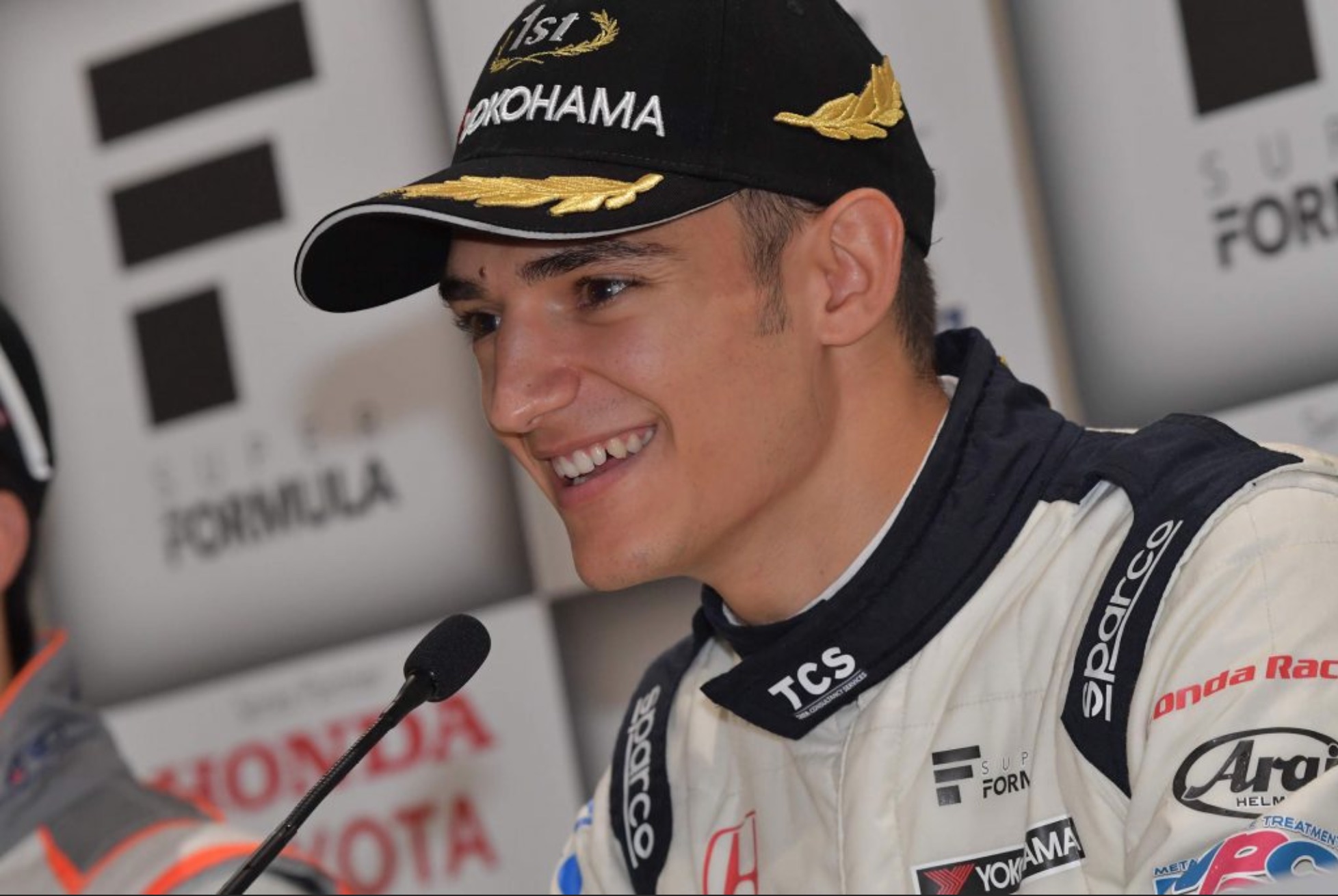 アレックス・パロウ
アレックス・パロウ
ハード面では、2014 年からイタリア ダラーラ社製の SF14 を採用。エンジンは 2 リッター直列 4 気筒直噴ターボエンジ ン(NRE エンジン)がホンダ、トヨタにより供給され、継続的に燃焼効率の改善や出力の向上など様々な技術改良が図られてい る。この SF14+NRE のパッケージは、レースのコンペティションレベルを押上げ、他に類を見ない僅差で激しい戦いを演出 することとなった。
シャシーはSF14のコンセプトを継承し、より安全基準に対応したダラーラ社製 第2世代となるSF19を2019年から導入。 また、燃料流用リストリクターも引き続き使用する。オーバーテイクシステムは、昨年までのレース中20秒間5回から、トータ ル100秒間をドライバーが任意のタイミングで使用できるシステムに変更された。タイヤは、2016 年からトップフォーミュラへの参戦が約 20 年ぶりとなった横浜ゴムが ADVAN レーシングタイヤのワンメ イク供給を開始。安全性能、競技性能のみならず、全戦で 1 レース 2スペックタイヤ制の導入など、エンターテインメント性 も考慮した開発を行っている。
選手権はシリーズ全7大会で開催されており、予選はノックアウト方式を採用、決勝レースは 250km を基本とし、ソフトと ミディアムタイヤの装着を義務付けている。2020年からは、新型コロナウイルスの世界的なパンデミックの中、無給油で走りきれる走行距離(レース中の給油禁止)の採用や、7大会中上位5大会のポイントを有効とする有効ポイント性を導入するなど、感染対策を重視したシリーズ運営を行っている。
エンジンを除くと基本的にはワンメイクレースであり、それゆえに予選はほぼ全車が1秒以内という驚異的な次元で争われる 純粋なドライバーズ選手権であり、エンジニアリングレースでもある。またシリーズは鈴鹿サーキットや富士スピードウェイ、ツ インリンクもてぎと言った世界選手権を開催するサーキットで行われるのはもちろんのこと、一瞬のミスも許されない緊張感が あることから外国人ドライバーに評価の高い SUGO、岡山国際、オートポリスといったいわゆるオールドスタイルコースでも開 催され、よりコンペティティブなレースを生み出している。
なお、2014年に「クイック・アンド・ライト」をコンセプトに導入されたSF14は、2018年シーズンをもって終了し、2019年からはSF14のコンセプトを継承しつつ、より高い安全基準に対応したSF19の導入した。
SF19主要諸元
| シャシー | |
|---|---|
| 製作 | ダラーラ・オートモービル(イタリア) |
| 全長 | 5,233mm |
| ホイールベース | 3,115mm |
| 全幅 | 1,910mm |
| 全高 | 960mm |
| 最低重量 | 670kg(ドライバー搭乗時) |
| ギアボックス | リカルド 前進6速、パドルシステム |
| ブレーキ | ブレンボ キャリパー、ブレンボ カーボン製ディスク |
| ステアリングシステム | KYB 電動パワーステアリングシステム |
| フロントサスペンション形式 | プッシュロッド、トーションバースプリング |
| リアサスペンション形式 | プッシュロッド |
| 安全基準 | FIA 2016/17 F1規定に基づく |
| エンジン | |
|---|---|
| メーカー/製造元/型式 | 本田技研工業/M-TEC製/HR-417E トヨタ自動車/TRD製/TRD 01F |
| 排気量 | 2,000cc |
| 仕様 | 直列4気筒、ダイレクトインジェクション |
| 過給器 | ターボチャージャー(ギャレット製) |
| 最低重量 | 85kg |
| 出力 | 405kw(550ps)以上 |
| 製作 | 燃料リストリクターによる燃料流量制限 |
| タイヤ | |
|---|---|
| メーカー | 横浜ゴム株式会社 |


